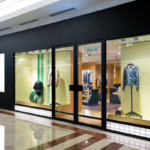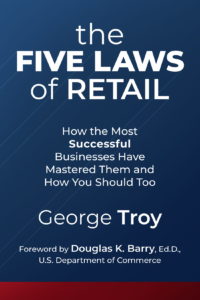The Customer Perceives Value Differently from the Retailer
For example, a scientist might work on a theory or project for years and years, and might even be absolutely correct in his conclusions. But if what he comes up with isn’t something that people in his community of scientists care about (or at least find interesting), he won’t be able to “sell it” (get it published and presented in order to get it accepted). Instead, this retailer needs to look into what his community cares about, and present his great discovery in a way that’s meaningful to them.
Here’s an example from the fashion industry: Beauty may be in the eyes of the creator or manufacturer, but that does not automatically translate into the eyes of the customer. I once did business with the design house of Christian Dior. They created a line of absolutely gorgeous silk ties for men—so soft, they felt like butter. They were handmade in Cuomo, Italy, in the same shops and by the same families that had made vestments for popes to wear for centuries.
Yet despite the international cachet of the House of Dior, the ties just wouldn’t sell. The costs were so great that the retail prices were set proportionately (too) high. No one at the House of Dior understood why: after all, the ties were beautiful, they were soft as butter—they were Dior! It didn’t matter. Their retail price was not inviting to potential customers. This doesn’t mean that these ties were lacking in intrinsic value, or that they weren’t worth the sticker price. But it did mean that customers weren’t buying them. (I still have some of those ties).
On the other hand, Dior’s regular line of men’s silk ties was consistently successful. Why? Not only were they high quality (they were made by Italian silk factories, albeit by less renowned producers), but they also fit into a segment of the market that might be called “upper moderate” in terms of price—a fashion market-segment that was fairly conservative. Customers understood these ties, and reacted positively to them. These ties were wonderfully successful sellers every season.
As this example illustrates, the perceived value—that is, the value (retail cost) that the customer sees in the product—has absolutely nothing to do with the cost involved in making or buying the product.
This is an excerpt from my upcoming book, The Five Laws of Retail.













